Curry powder is a versatile and aromatic spice blend that can add incredible depth and flavor to dishes. There are many different types of curry powder from various cuisines around the world, each with its own distinct flavor profile.
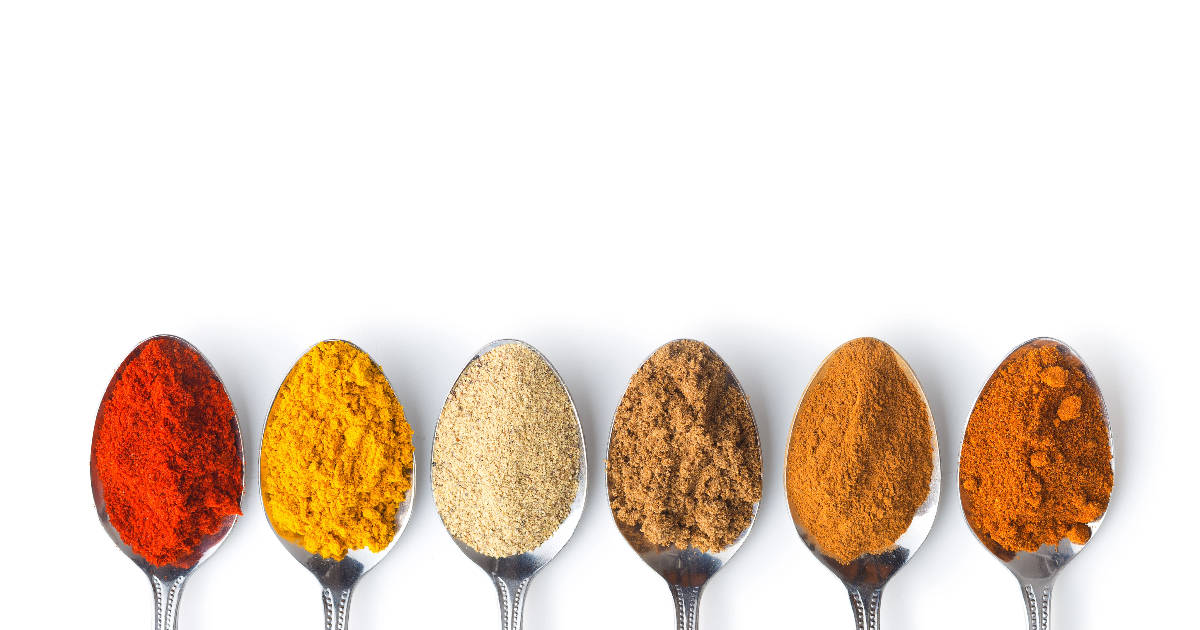
Let's explore the history, ingredients, and uses of the most popular types of curry powder, so you can discover new blends to spice up your cooking.
A Brief History Of Curry Powder
To understand the diversity of curry powder, it helps to know a bit about its origins.
Curry powder was created by British colonists in India in the 18th century. At the time, individual Indian families freshly ground their own unique masala (spice blend) to flavor each dish. The British tried to mimic these complex aromas by blending the spices they encountered, like turmeric, cumin, coriander, ginger, and black pepper.
They called this mixture "curry powder." But traditional Indian cuisine does not actually use a premixed curry powder. Indians make fresh spice blends like garam masala for each recipe.
Over time, curry powder has evolved into many regional varieties adapted to local ingredients and tastes. From Indian to Thai to Japanese curries, this versatile spice mix has become a beloved staple for cooking flavorful, aromatic dishes across many cultures.
Indian Curry Powder Varieties
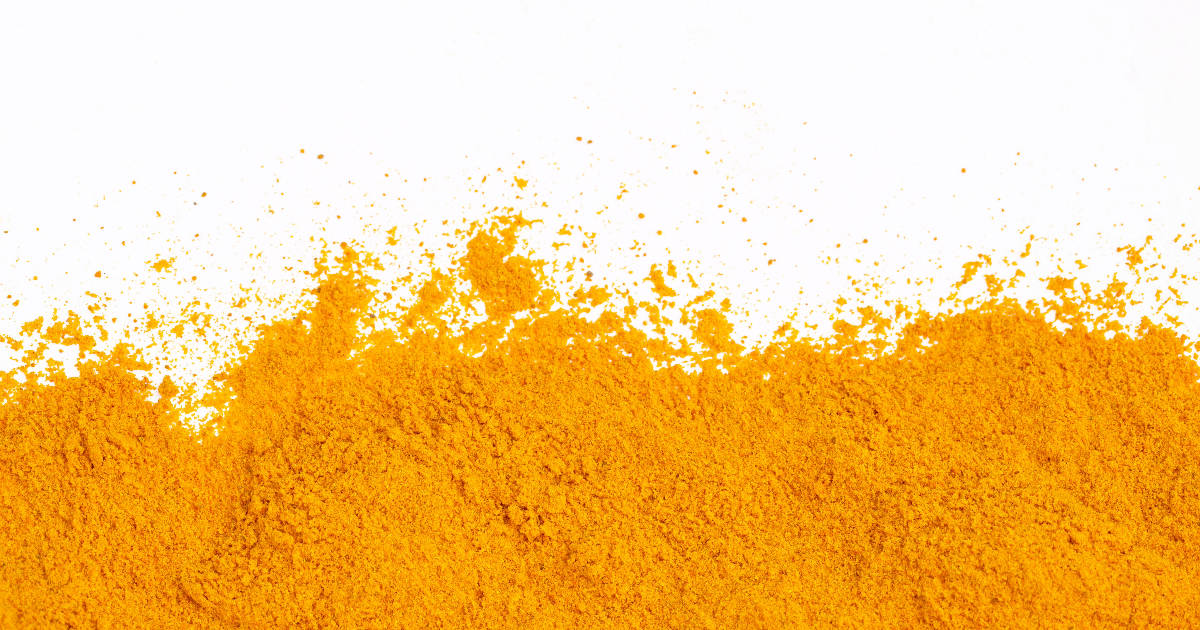
Though not traditional, Indian-inspired curry powders are the most widely available and familiar blend. Let's explore some of the most common types.
Madras Curry Powder
Madras curry powder hails from the southeast Indian city now known as Chennai. It has a rich red-orange hue and robust flavor.
Ingredients like turmeric, coriander, cumin, fenugreek, cinnamon, clove, cayenne, and black pepper give it an earthy heat. The higher amount of chilies makes it quite spicy.
Use Madras curry powder in strongly flavored dishes like chicken curries, chilis, and shrimp. It also works as a flavor-boosting rub for meats.
Garam Masala
While often confused with curry powder, garam masala is a distinct Indian spice blend. The term "garam" means "warming" in Hindi, referring to this mixture's rich, aromatic flavor rather than heat.
Typical ingredients are cumin, coriander, cardamom, cinnamon, black pepper, and cloves. Some recipes also include nutmeg, mace, and bay leaves.
Garam masala adds depth of flavor as a background spice. It's traditionally added near the end of cooking. Sprinkle it on curries, legumes, roasted vegetables and more. Or add it to rice, yogurt dips, and chutneys.
Tandoori Masala
Tandoori masala is a signature spice blend used to make tandoori chicken and other Indian clay oven-roasted dishes.
It contains many of the same spices as garam masala, like cumin, coriander, ginger, garlic, cinnamon, cardamom, cloves, bay leaves, black pepper and more. Many commercial blends add extra color with paprika or food coloring.
Mix tandoori masala into a thick yogurt-based marinade for chicken, meat, fish, or paneer before broiling or baking. It infuses a rich, smoky aroma and crimson color.
Korma Masala
Korma is a classic Indian curry dish that combines meat or vegetables with a creamy yogurt-spice sauce. The korma masala seasoning creates its signature flavor.
Along with the usual curry powder ingredients, korma masala also incorporates nuts like cashews, almonds, or coconut. Some recipes add seeds like poppy or melon for texture.
Use this mild, fragrant spice blend in any creamy curry. It's also good stirred into rice dishes like biryani or sprinkled over roasted nuts and seeds.
Vindaloo Masala
Vindaloo curry originated in the South Indian state of Goa, which was colonized by Portugal. This spice blend reflects those blended influences.
Alongside standard curry spices, vindaloo masala also contains red chili peppers, vinegar, ginger, garlic, and tangy dried kokum fruit. This gives it a distinctive hot, sour, and salty flavor.
Use vindaloo masala in its namesake dish: a spicy curry traditionally made with pork, potatoes, and vinegar. It also works well in chutneys, seafood curries or as a marinade base.
Thai Curry Pastes
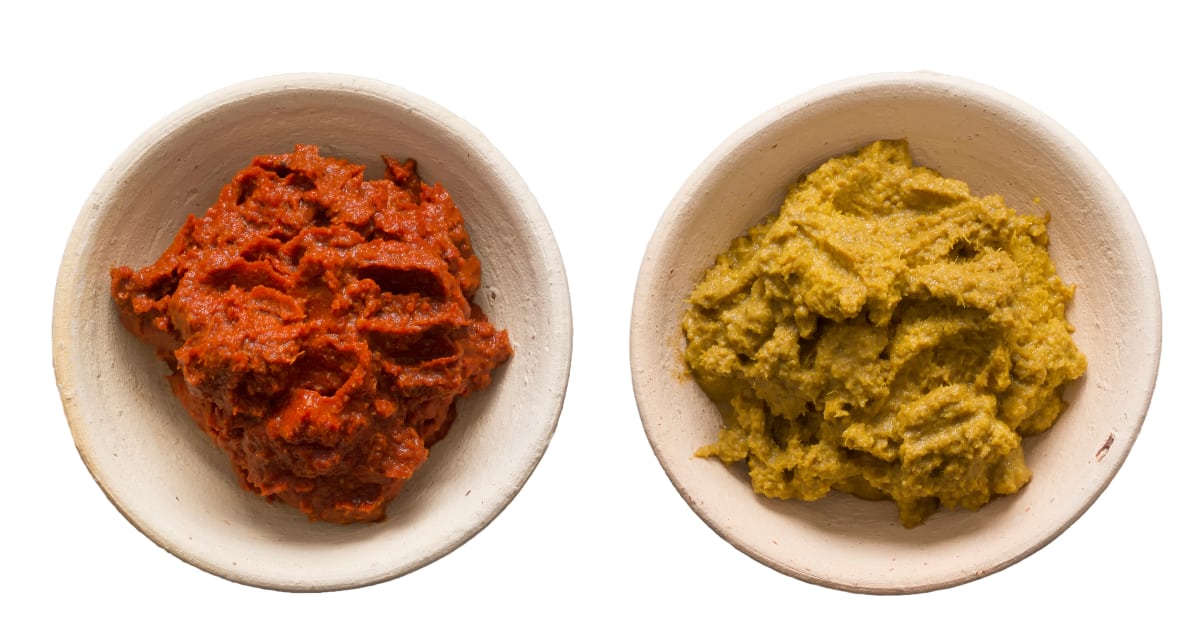
In Thai cooking, curries start with a homemade curry paste pressed from aromatic ingredients like lemongrass, galangal, kaffir lime leaves and fresh chilies. Red, green, and yellow are the main Thai curry paste varieties.
Red Thai Curry Paste
Red curry paste gets its color from dried red chilies. It often contains shrimp paste and kaffir lime for sourness. Common ingredients are shallots, lemongrass, galangal, garlic, coriander, cumin, and peppercorns.
Red curry paste has a robust, spicy flavor. Use it in beef or seafood curries, stir-fries, and noodle dishes like pad Thai.
Green Thai Curry Paste
Green curry paste uses fresh green chilies for a vibrant color and spicy bite. It also includes lots of fragrant herbs like cilantro, basil, and cumin.
Green curry paste has a very fresh, aromatic flavor thanks to ingredients like lemongrass, kaffir lime and ginger. Use it in chicken, vegetable, or tofu curries.
Yellow Thai Curry Paste
Yellow curry paste gets its golden hue from turmeric and cumin. The blend often includes lemongrass, shallots, garlic, ginger, coriander, and dried red chilies.
The flavor of yellow curry paste is milder and a bit sweeter than other Thai pastes. Use it in seafood curries or stir-fried noodles and veggies.
Japanese Curry Powder
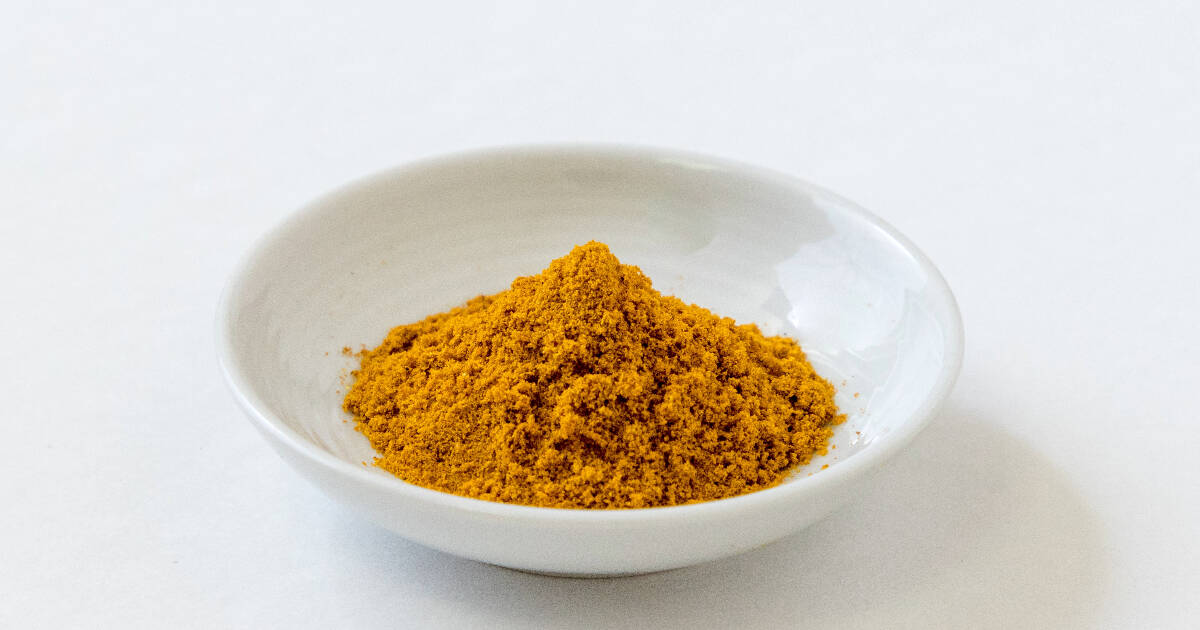
Curry was introduced to Japan by the British in the 19th century. It's since evolved into a beloved comfort food there, typically served with breaded pork or chicken.
Japanese curry powder has a very rich, earthy aroma. The spice blend includes garam masala spices like cumin, coriander, and turmeric plus fenugreek, chili, and nutmeg. Some versions also incorporate orange peel, cinnamon, and curry leaves.
To make the sauce, the curry powder is sautéed in oil and then simmered with onions, carrots, potatoes, and meat in a seasoned roux. The resulting curry is mild, slightly sweet, and thick. Use Japanese curry powder in traditional katsu curries or stir-fries.
Jamaican Curry Powder
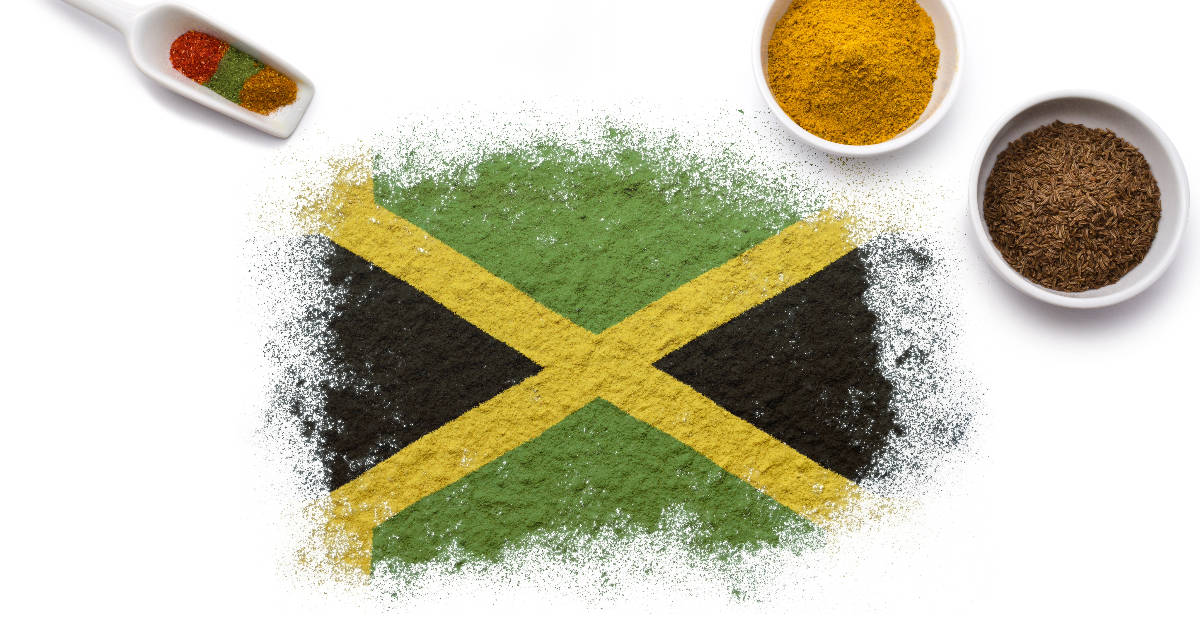
Jamaican curry powder has a distinctly Caribbean flavor profile. The defining ingredients are allspice berries and Scotch bonnet chilies, which give it robust heat.
Other aromatic spices like cloves, nutmeg, cumin, fenugreek, thyme, and turmeric round out the blend. Additional heat sometimes comes from mustard seeds or habanero peppers.
Use fiery Jamaican curry powder to give a flavorful kick to stews, roasted meats, shellfish, beans, or tropical vegetables like plantains. Jerk chicken also utilizes similar spices.
African Curries
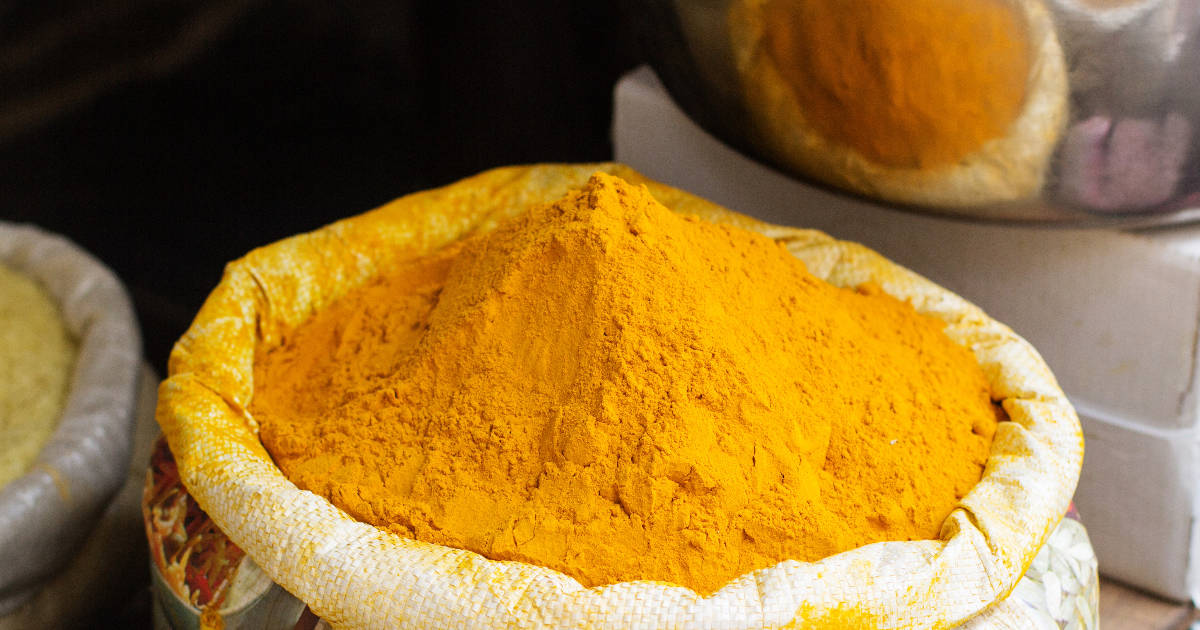
There are many unique types of curry throughout the culturally diverse continent of Africa. However, most African curry powders share some common ingredients that define their flavor.
Scotch bonnet chilies provide intense heat, while garlic, ginger, and lemongrass add aromatic freshness. Regional curries may also incorporate cumin, cloves, cinnamon, allspice, cardamom, and black pepper.
Sauté the spice blend in oil before adding coconut milk and vegetables, chicken, beef, goat, or seafood. Serve African curries over rice, couscous, or starchy tubers like yams or cassava.
South African Curry Powders
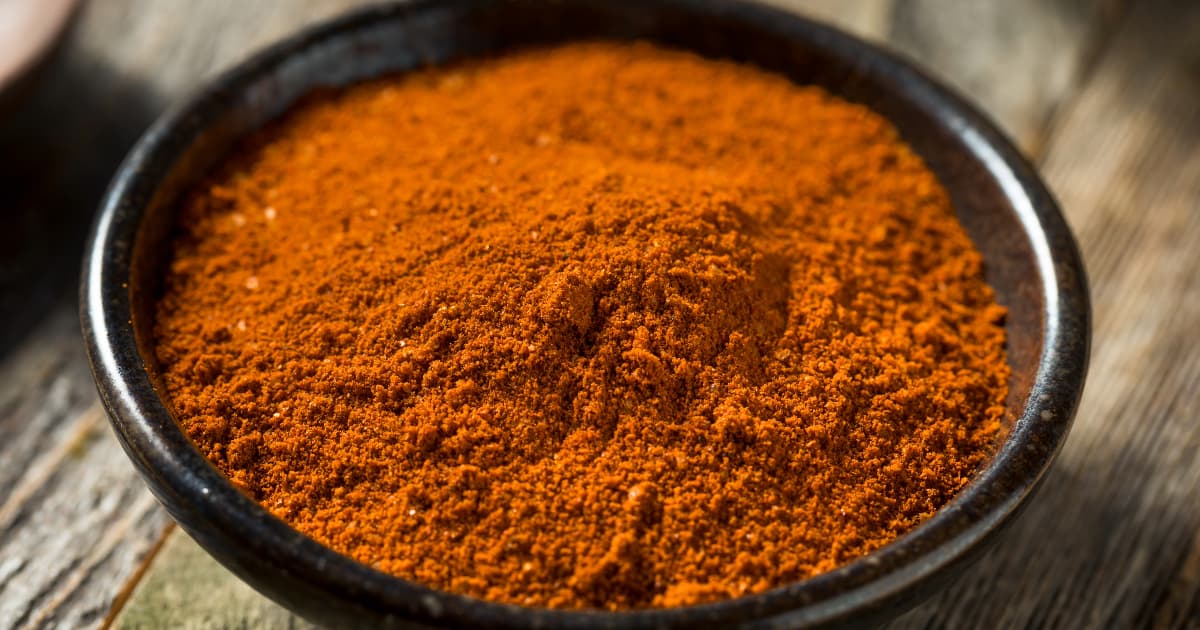
Two of the most popular types of South African curry powder are Cape Malay and Durban curries.
Cape Malay curry shows Indonesian influence with ingredients like turmeric, coriander, cumin, dried chilies, garlic, tamarind, and ginger. This curry has a robust depth of flavor.
Durban curry is often bright yellow from turmeric and tart from lemon juice and vinegar. Onions, garlic, ginger, cinnamon, red chilies, cardamom, cloves, and bay leaves are also typical.
Both curries pair well with chicken, lamb, or fish. Cape Malay curry is creamy with potatoes, while Durban curry is delicious with beans, greens, and fresh chutney.
Trinidadian Curry Powder
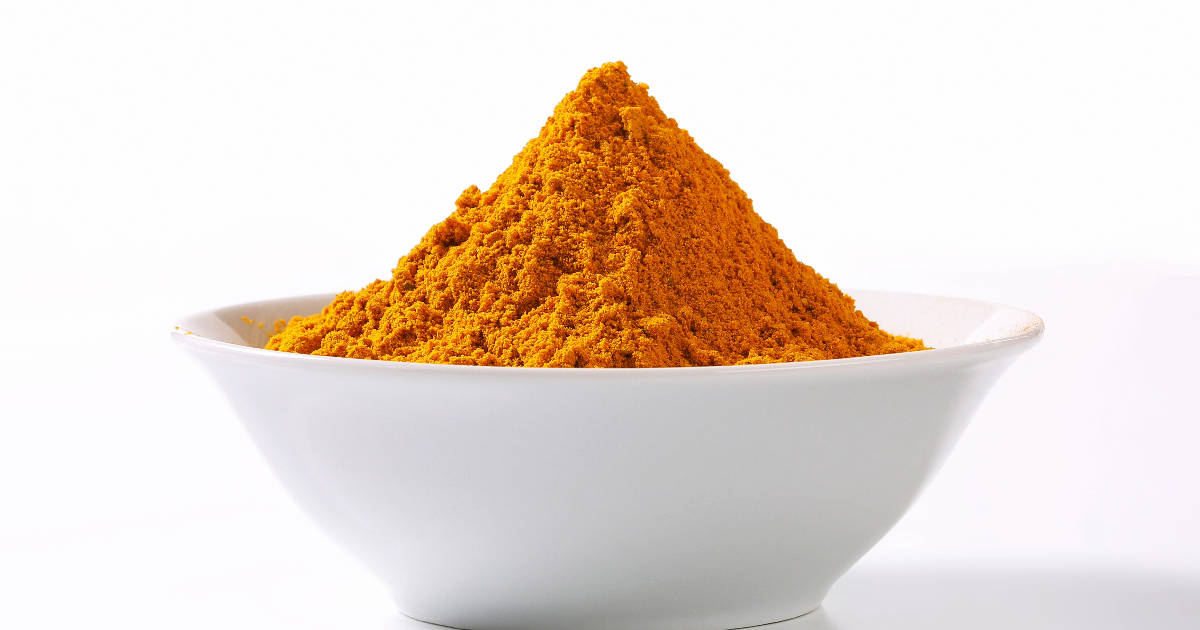
Curry remains a beloved staple in the Caribbean thanks to 19th-century Indian immigrants. Trinidadian curry powder reflects a fusion of Indian and Creole flavors.
Signature spices like cumin, mustard, fenugreek, and hot scotch bonnet chilies give this blend its distinctive personality. Turmeric, cloves, thyme, allspice, and garlic also tend to be included.
Trinidadian curry powder shines in stews with chicken, beef, or root vegetables. It's also excellent rubbed on meats before grilling or baking. Serve it with rice, roti flatbread, or hops bread.
FAQ
Is curry powder spicy?
It depends on the type! Some curry powders like Madras or vindaloo have a very bold, spicy flavor. But others like korma and Japanese curry are quite mild. Check the ingredients - the more chili peppers, the spicier it will taste.
What's the difference between curry powder and garam masala?
While they seem similar, curry powder and garam masala are two distinct Indian spice blends. Curry powder is an all-purpose blend used during cooking. Garam masala is added at the end for a finishing touch of flavor.
How do you make curry powder at home?
Making homemade curry powder lets you customize the flavor. Dry roast and grind spices like turmeric, cumin, coriander, ginger, cinnamon, chili powder and black pepper. Adjust the amounts to your taste.
What's a simple curry powder substitute?
In a pinch, you can mimic mild curry powder by blending garam masala with cumin, turmeric, and a pinch of cayenne pepper. Tailor the proportions to your preference.
How should you store curry powder?
To retain its fresh flavor and aroma, store curry powder in an airtight container in a cool, dark cabinet away from light and humidity. Properly stored, it will keep for 3-6 months.
Conclusion
From Indian to Thai, Japanese to Jamaican, there is incredible diversity when it comes to types of curry powder. Each cuisine has put its own spin on this versatile spice blend.
Whether you prefer fiery Madras curry or mild Japanese katsu curry, incorporating different curry powder varieties can add amazing new flavor to everyday cooking. Start experimenting with new blends to discover your favorites.

